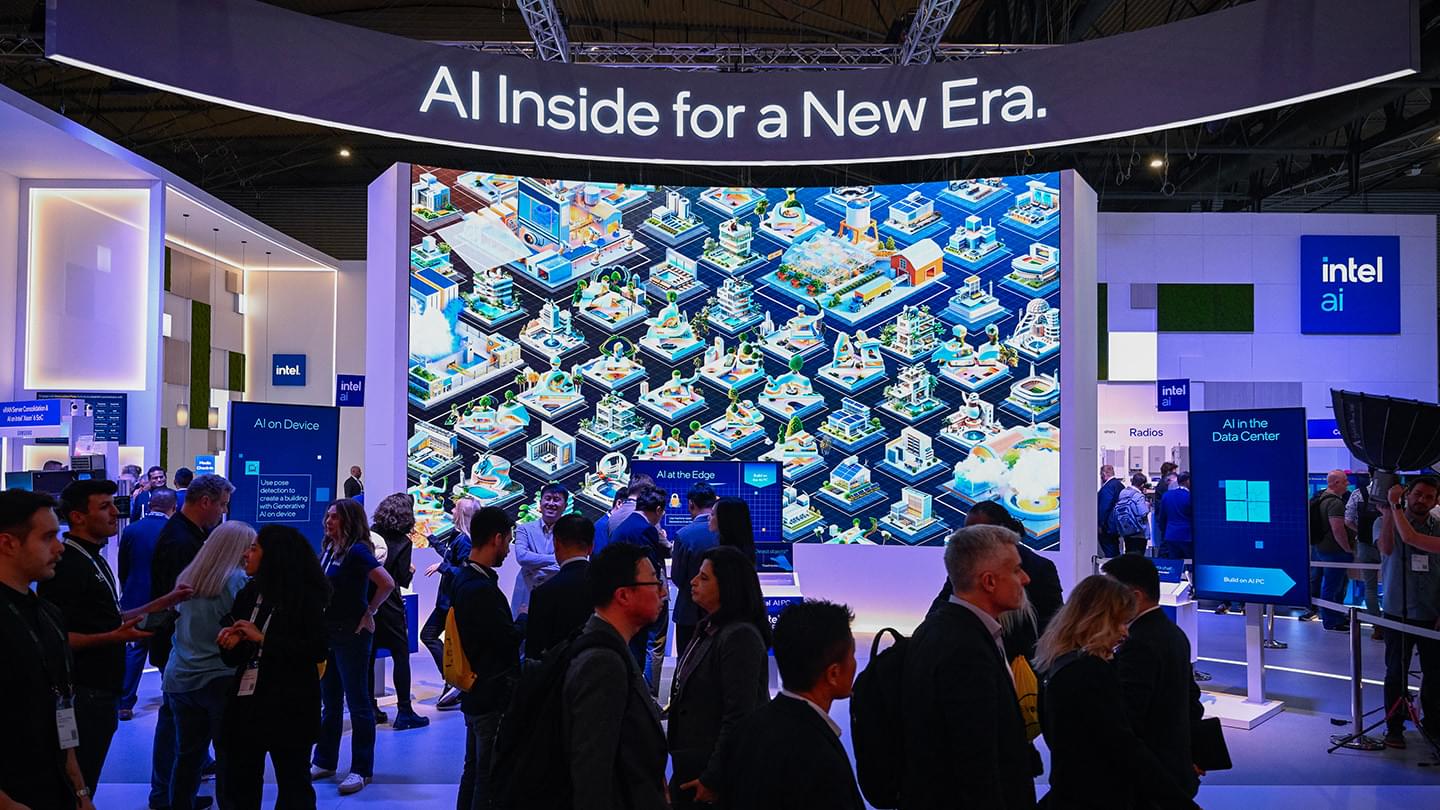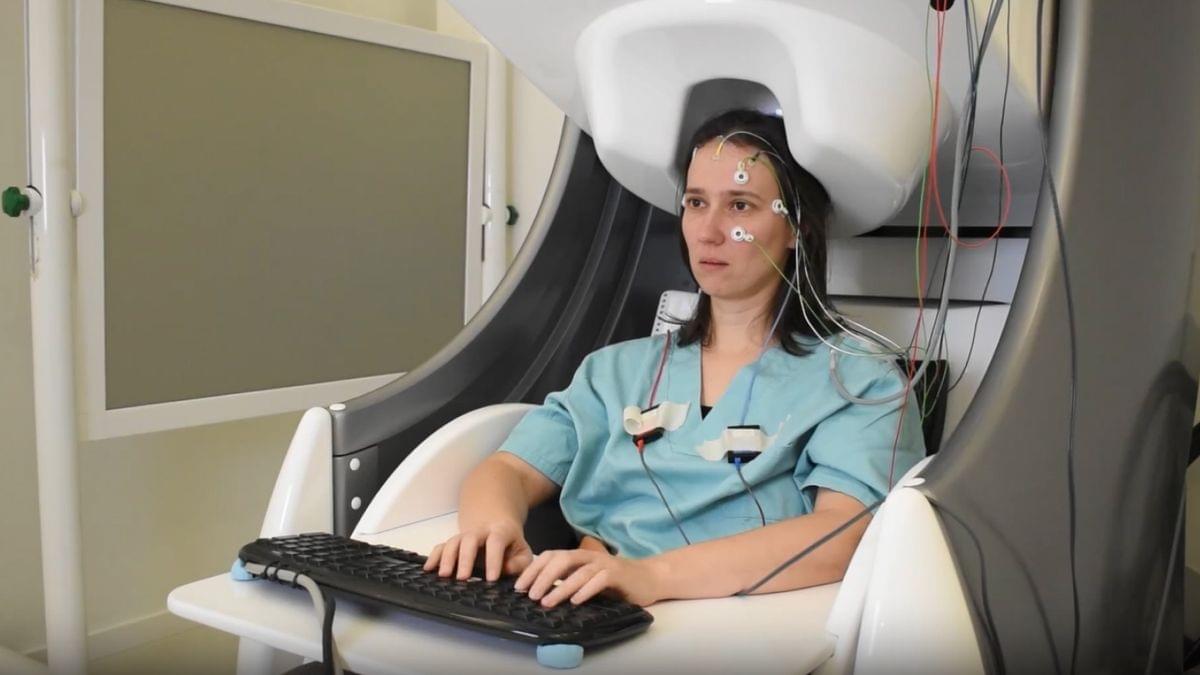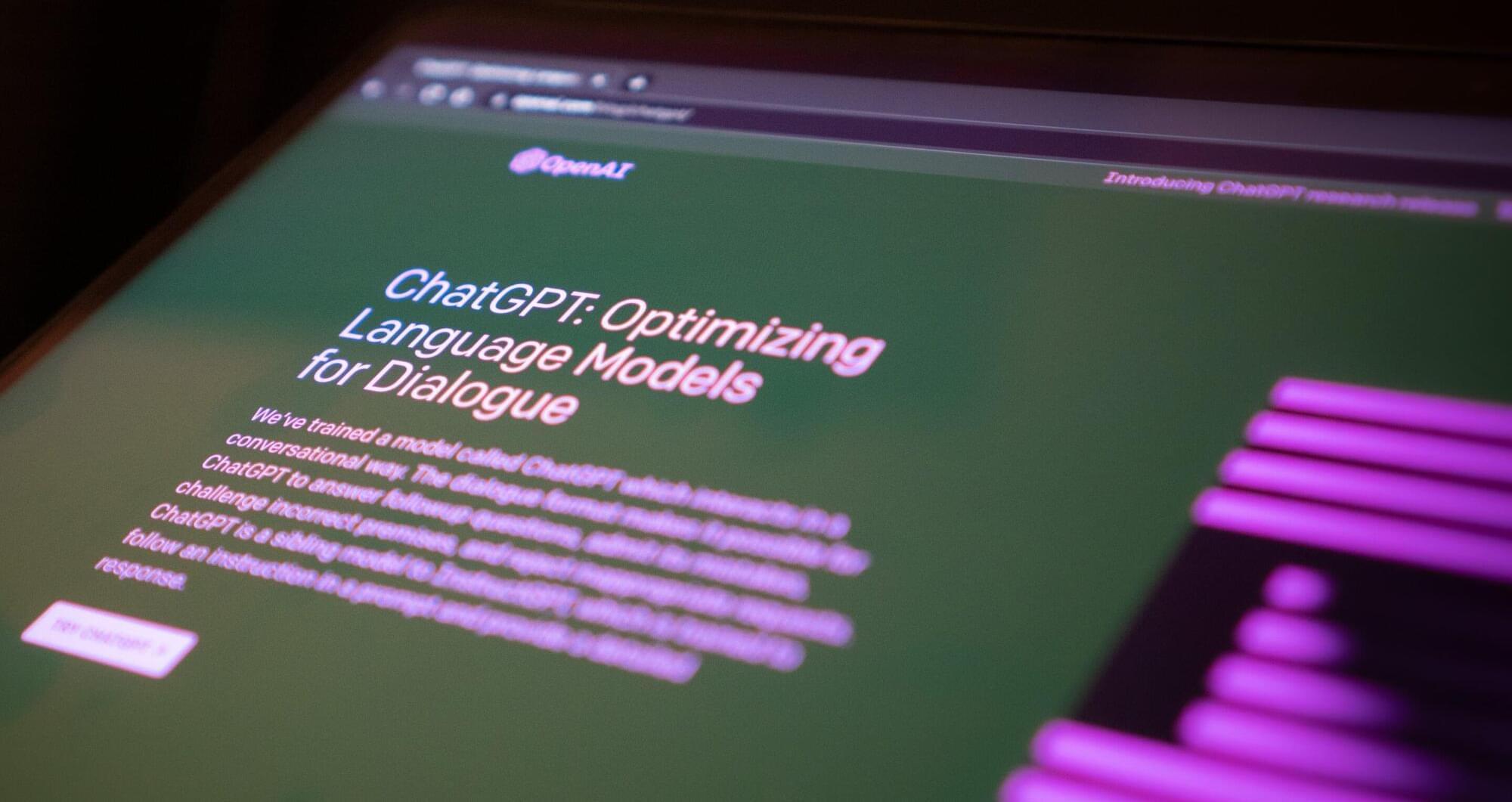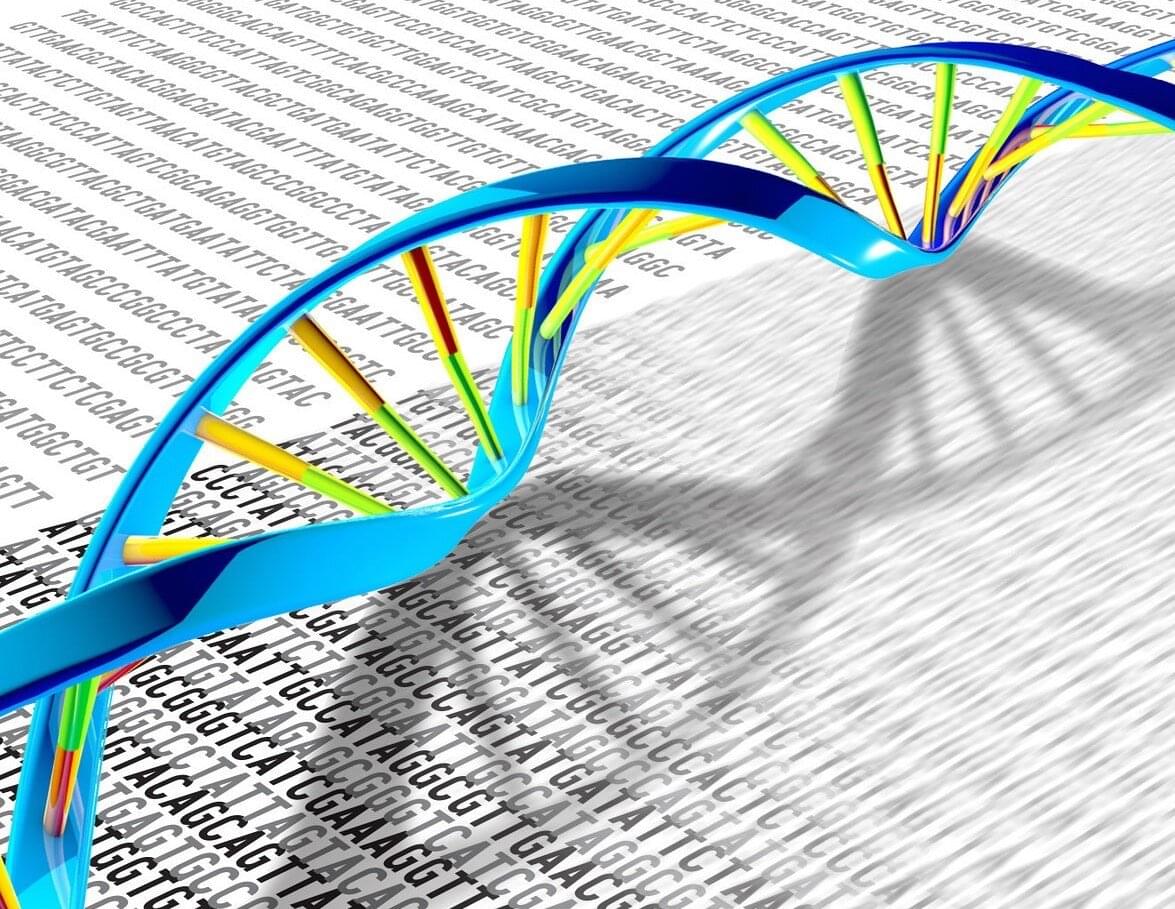Chinese firm Xpeng announced its plans to mass-produce flying cars and humanoid robots by next year.
He Xiaopeng, XPeng Motors’ chairman and CEO, stated that if the project remains on track, XPeng could be the first company to mass-produce flying cars globally, reports a Chinese online daily.
The company’s Iron humanoid robot is now in use at the EV maker’s Guangzhou factory, and it plans to start mass-production. By 2026, humanoid robots with entry-level Level 3 capabilities in the country are expected to enter moderate-scale commercial production, Xiapeng added.
Chinese EV maker XPeng aims to mass-produce flying cars and humanoid robots, with Level 3 robots set for commercial production by 2026.





